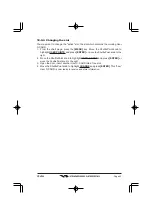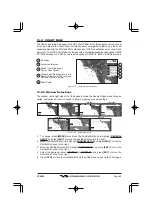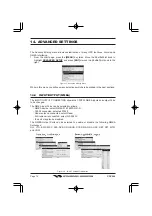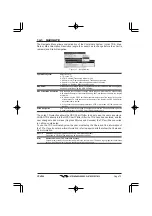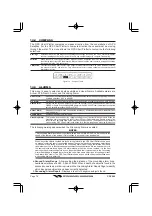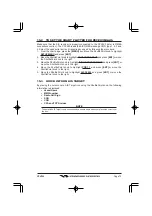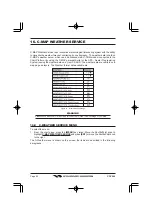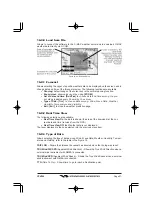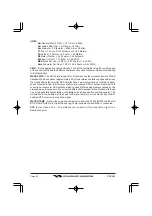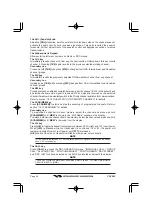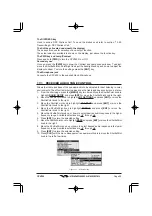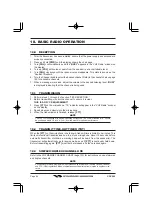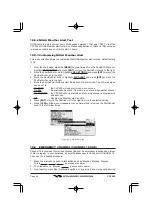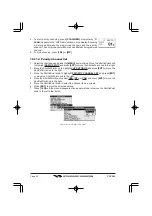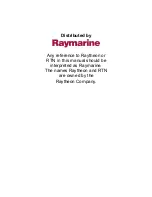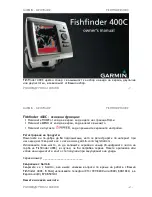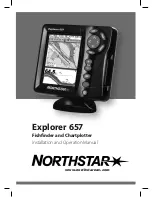
Page 77
CPV550
15. AIS
AIS is an Automatic Identification System. It has been introduced to improve the safety of
navigation by assisting in the efficient operation of ship-to-ship location reporting and VTS
applications. The system should enable operators to obtain information from the ship
automatically, requiring a minimum of involvement of ship’s personnel, and should have a
high level of availability. AIS transponders installed on IMO vessels use VHF frequencies to:
♦
Transmit details of their own vessel
♦
Receive details from other vessels or navigation aids within VHF range.
Information being transmitted from vessels over 300 tons that, due to recent worldwide
legislation, are required to fit Class “A” AIS transponders.
Connecting to the GPS Chart Plotter an AIS receiver (please contact your local dealer), will
display vessels with AIS transponder within VHF range on screen giving the skipper or
navigator a visual interpretation of the data of nearby vessels. This improves safety, and
specifically for collision avoidance reasons.
15.0 AIS SYSTEM DEFINITIONS
♦
Target:
It is a vessel equipped with AIS. Information about the targets is being
received by AIS Receiver and displayed on the screen.
♦
CPA:
Closest Point of Approach is the closest distance that will be achieved
between your vessel and the tracked target, based on your vessel’s speed and
direction and the target’s speed and direction.
♦
CPA Limit:
This is the distance from your vessel that a target may reach before
a target is deemed a threat.
♦
CPA Alarm:
Occurs if CPA is less or equal to CPA Limit. This test is done for
active targets only.
♦
TCPA:
Time to closest Point of Approach is the time remaining until the CPA
will occur.
♦
TCPA Limit:
This is the time remaining before the CPA is reached.
♦
TCPA Alarm:
Occurs if TCPA is less or equal to TCPA Limit. This test is done
for active targets only and if CPA value is less or equal to CPA Limit.
♦
Radio Call Sign:
International call sign assigned to vessel, often used on voice radio.
♦
Name:
Name of ship, 20 characters.
♦
MMSI:
Maritime Mobile Service Identity.
♦
MMSI number:
A unique 9 digit number that is assigned to a DSC radio sta-
tion. It primarily registers the boat information in the U.S. Coast Guard’s na-
tional distress database for use in emergency situations.
♦
Active Target:
Target located within the Activation Range. Active target is rep-
resented by oriented triangle with COG and Heading vectors. Rate of turn may
also be displayed.
♦
Dangerous Target:
Target detected by CPA or TCPA Alarm. Dangerous target is
Active Target by definition. For better visibility Dangerous Target symbol is flashing.
♦
Sleeping Target:
Target located outside the Activation Range. Sleeping target
is represented by a small oriented triangle.

